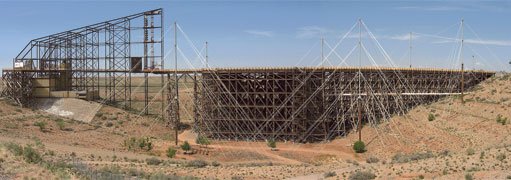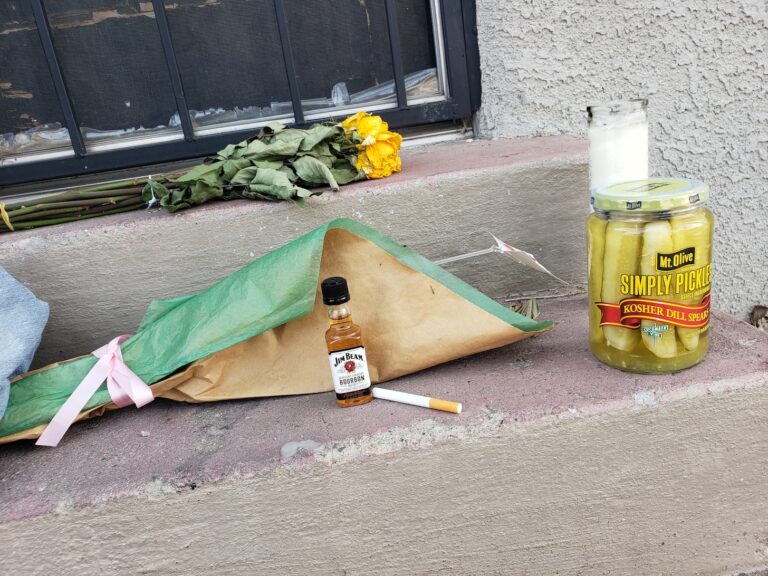In Memoriam: Carl Baum, Trestle-Maker
Carl Baum, Trestle-Maker


Carl E. Baum
John Maio
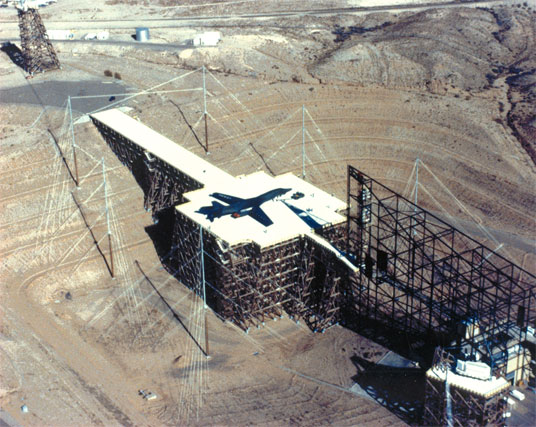
Baum’s EMP simulator testing a B-1B Bomber on Kirtland Air Force Base in 1989.
Courtesy of the United States Air Force
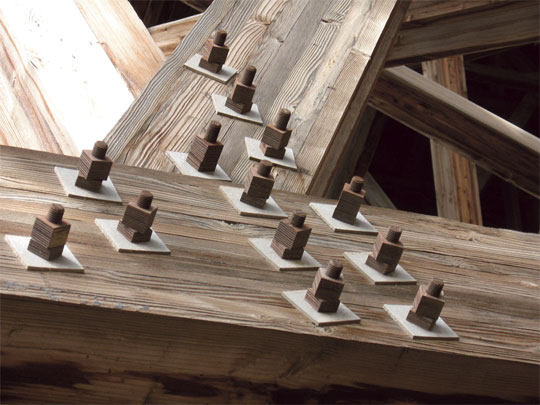
The fiberglass bolts that hold the trestle together
Charles Reuben
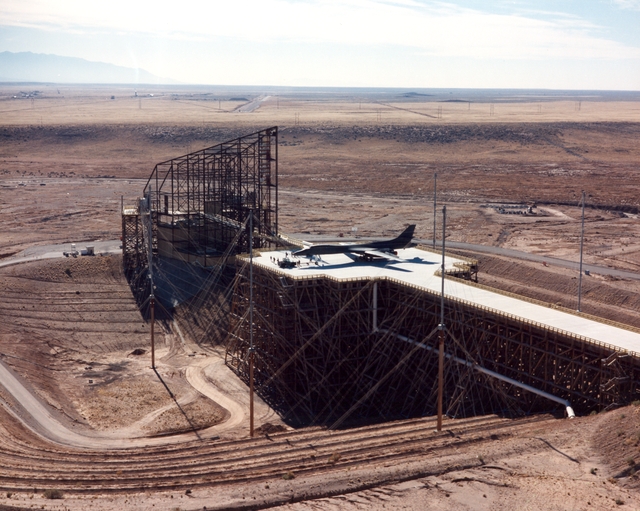
A B1-Bomber as seen from the ground. The trestle was built into the site of Tijeras Arroya on the south side of the Kirtland Air Force Base.
Courtesy of the United States Air Force
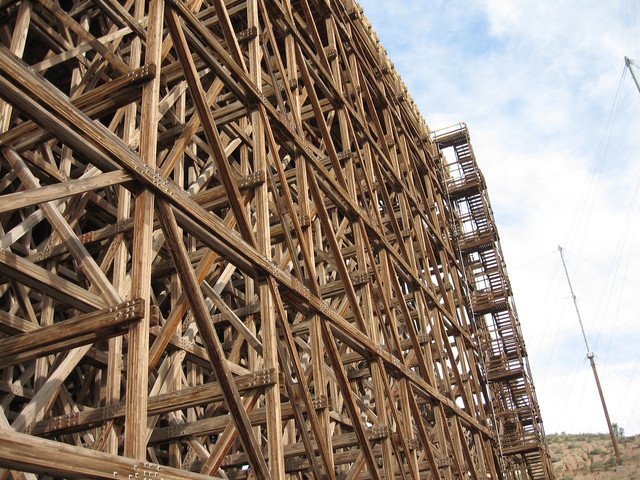
A view of the trestle as seen from the ground. A wooden fire escape hugs the side of the structure.
Charles Reuben
